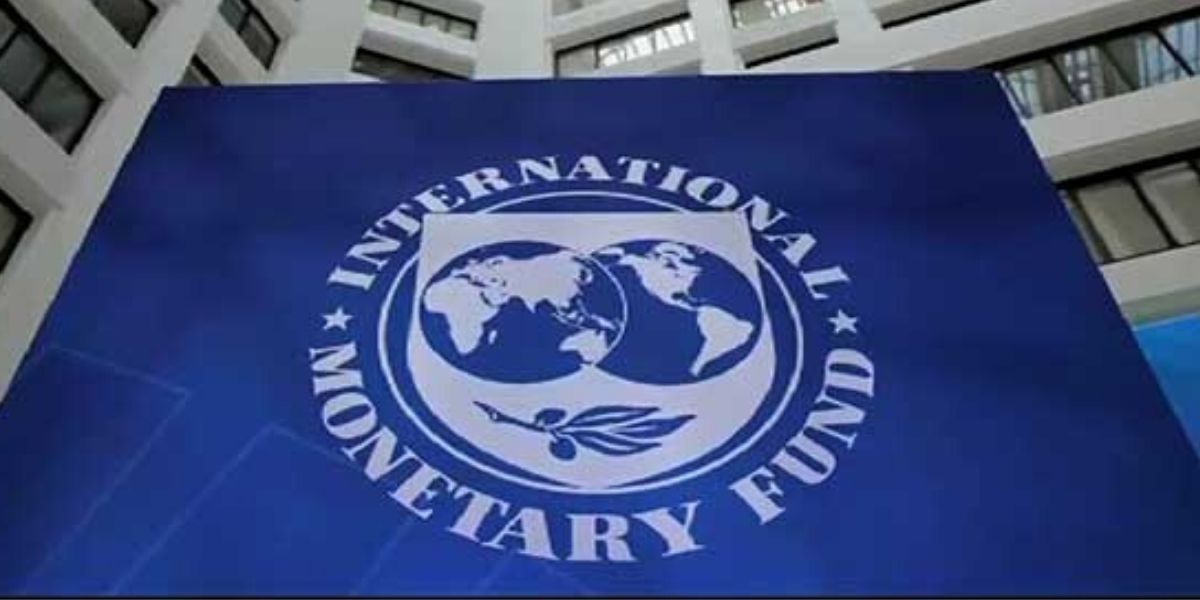Pakistan’s general government debt (including guarantees and the International Monetary Fund borrowing) from the first quarter of current fiscal year saw a significant decline of 3.3pc from 88pc to 84.7pc of GDP. This was revealed by the recent 82 page IMF country report published by the IMF. IMF termed the improved budget execution, smart performance in reducing expenditures and better tax collection measures by the government major reason behind the decline.
The domestic component of tax revenue collection by the FBR has recorded a healthy growth of 25 percent year on year. Moreover, the reason for better performance was the more than expected non-tax revenues collection, accompanied by double-digit growth in tax revenue net of refunds. Non-tax revenues almost tripled in first quarter of FY 19.
Decisive policy implementation by the Pakistani authorities is helping to
preserve economic stability
__________
The report reads “In the first quarter of 2019-20, budget execution by the incumbent government improved considerably, registering a primary surplus of 0.6pc of GDP and an overall deficit of 0.6pc – about 1pc of GDP better than programmed,”
The report at the start states, “Pakistan’s economic reform program is on track. Decisive policy implementation by the Pakistani authorities is helping to preserve economic stability aiming to put the economy on the path of sustainable growth.
Must Read : Prince Pearl officially launched in Pakistan
“Transition to a market-determined exchange rate has been orderly; inflation has started to stabilize, mitigating the impact on the most vulnerable groups of the population,” it adds.
“The authorities remain committed to expanding the social safety net, reducing poverty, and narrowing the gender gap,”
GDP outlook
The report added that the real GDP growth is projected at 2.4 percent for FY 2020. It further hopes that that the “net exports are now expected to provide a larger contribution to growth mainly due to greater import compression”. The growth will further swell and projected at 3pc for FY 2021 as with the confidence building and new investment, it would further increase to 4.5-5pc in the midterm of 2021.
Inflation CPI
Inflation will decrease slightly for the FY 20 to 11.8pc. This would decrease mainly, when “administrative and energy tariff adjustments” would “offset the effects from weak domestic demand”.
Current account deficit
The report reads, “the current account deficit is expected to decline to 2.4 percent of GDP in FY 2020, mainly owing to import compression, and to decline to around 1.8 percent of GDP over the med-term, as exports gradually pick up,”




